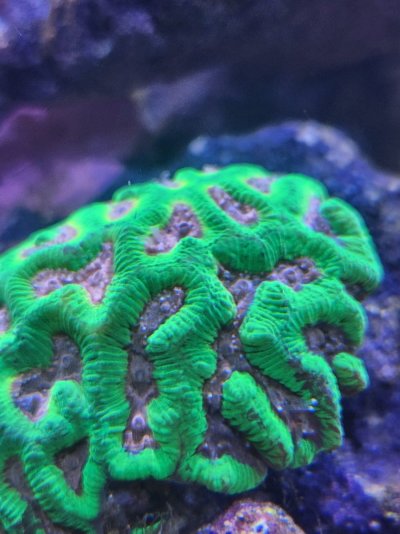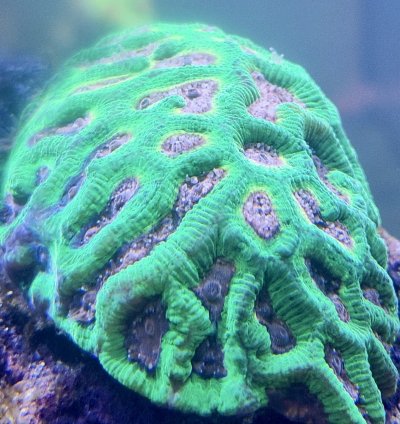Navigation
Install the app
How to install the app on iOS
Follow along with the video below to see how to install our site as a web app on your home screen.
Note: This feature may not be available in some browsers.
More options
You are using an out of date browser. It may not display this or other websites correctly.
You should upgrade or use an alternative browser.
You should upgrade or use an alternative browser.
Coral ID
- Thread starter Australian_Reef
- Start date
- Tagged users None
Either a Favia or a Symphyllia would be my guess (I'm guessing, not super knowledgable on these corals)
My guess would be a platygyra of some sort, but also not very skilled in brain coral IDs.
vetteguy53081
Well known Member and monster tank lover
View Badges
Partner Member 2024
Excellence Award
Reef Tank 365
RGB
Article Contributor
Tampa Bay Reef Keepers
West Palm Beach Reefer
Hospitality Award
Ocala Reef Club Member
305 Reef Club
Wisco Reefers
Midwest Reefer
Fish Medic
MAC of SW Florida
Rock Pool Reef Keepers
R2R Secret Santa 2023
My Tank Thread
My Aquarium Showcase
Im viewing a phone and either platygyra or favites but leaning towards Platy
Platygyra or Paragoniastrea. Favites and "Favia" (Dipsastraea) don't have sinuous corallites
It’s a difficult one. It has sinuous coralites… but not that sinuous and the oral discs are quite broad. This is why it has be stumped.its from Australia GBR if this helps any.
the valley length of Platygyra and Paragoniastrea varies depending on species and conditions. I've seen subcerioid specimens in intertidal areas.It’s a difficult one. It has sinuous coralites… but not that sinuous and the oral discs are quite broad. This is why it has be stumped.its from Australia GBR if this helps any.
Many thanks. The coralite size/length seems to vary over the coral. At the top/centre it looks favites-like. Single poylp shared coralite walls…but elsewhere more elongated and platy like. It’s a gorgeous specimen for sure. I’m definitely now leaning towards platygyra.the valley length of Platygyra and Paragoniastrea varies depending on conditions. I've seen subcerioid specimens in intertidal areas.
Cichlid Dad
2500 Club Member
View Badges

Partner Member 2024
Hospitality Award
Pacific Northwest Reefers
Rock Pool Reef Keepers
R2R Secret Santa 2023
My Tank Thread
My Aquarium Showcase
I have a large colony, keep it in lower light. Mine is a fast grower.Many thanks. The coralite size/length seems to vary over the coral. At the top/centre it looks favites-like. Single poylp shared coralite walls…but elsewhere more elongated and platy like. It’s a gorgeous specimen for sure. I’m definitely now leaning towards platygyra.
It's right above the triggers fin behind the bird's nest
Could also be Paragoniastrea australensis, and likely is if it is coming from Australia, especially if from the southern GBR.Many thanks. The coralite size/length seems to vary over the coral. At the top/centre it looks favites-like. Single poylp shared coralite walls…but elsewhere more elongated and platy like. It’s a gorgeous specimen for sure. I’m definitely now leaning towards platygyra.
Similar threads
- Replies
- 6
- Views
- 143
- Replies
- 22
- Views
- 690



















